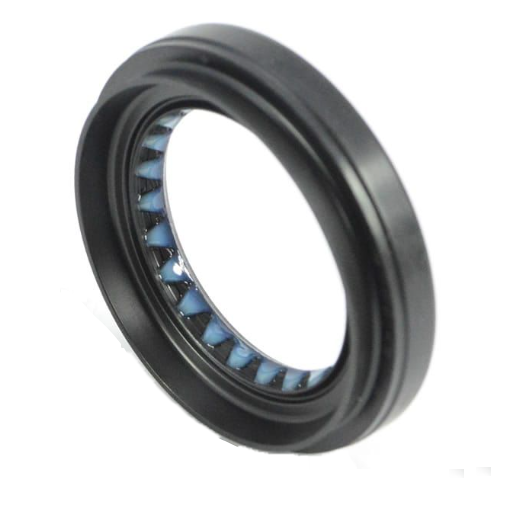compressor shaft seal
Understanding Compressor Shaft Seals Function and Importance
Compressor shaft seals play a crucial role in maintaining the efficiency and reliability of compressors used in various industries. These seals are designed to prevent leakage of gases or fluids from the compressor while simultaneously protecting the internal components from contaminants. As compressors operate under high pressure and temperature conditions, effective sealing is essential to ensure optimal performance and longevity.
A compressor generally consists of several components, and the shaft acts as a critical connection between the motor and the compressor. The seals are strategically placed around the shaft, preventing any unwanted escape of the working fluid, which can lead to significant losses and reduced efficiency. In essence, they contribute to better energy conservation and operational cost-saving.
There are various types of shaft seals, including mechanical seals, lip seals, and packing seals, each serving a specific purpose based on the compressor's design and the nature of the fluids involved. Mechanical seals are commonly used in high-pressure applications, offering superior performance in preventing leakage. They consist of two planar surfaces that are held together by a spring mechanism, creating a tight seal that withstands the operational stresses of the compressor.
Lip seals, on the other hand, are simpler in design and are typically employed in lower-pressure environments. They feature a flexible lip that contacts the shaft, forming a barrier against fluids. While they may not offer the same level of sealing efficiency as mechanical seals, they are often easier to install and maintain.
compressor shaft seal

Packing seals are another option, particularly in older compressor models. They consist of a series of soft materials that are compressed around the shaft. While effective, these seals may require regular adjustment and maintenance to avoid leakage, making them less favorable in modern applications.
Failure of compressor shaft seals can lead to various issues, including reduced compressor efficiency, increased energy consumption, and environmental concerns due to harmful emissions
. Moreover, leaks can result in contamination of the compressor's internal components, leading to costly repairs and downtime.Regular maintenance and prompt replacement of worn or damaged shaft seals are critical to ensuring the smooth operation of compressors. By investing time and resources into seal upkeep, operators can enhance the reliability of their equipment, reduce operational costs, and contribute to a more sustainable industrial practice.
In conclusion, compressor shaft seals are vital components that significantly impact the overall performance and efficiency of compressors. Understanding their types, functions, and maintenance needs is key to optimizing compressor operations and ensuring a long service life. Proper attention to these seals not only preserves the integrity of the machinery but also supports broader environmental and economic goals.
-
The Ultimate Guide to Car Repair Kits: Tools and Essentials Every Driver Should Own
News Aug.01,2025
-
The Complete Guide to Oil Pan Gaskets: Sealing Engine Leaks the Right Way
News Aug.01,2025
-
Preventing Oil Leaks: A Complete Guide to Oil Pan Gaskets and Drain Seals
News Aug.01,2025
-
Everything You Need to Know About Oil Pan Gaskets and Drain Plug Seals
News Aug.01,2025
-
Essential for Car Owners: How to Use a Car Repair Kit to Deal with Minor Breakdown
News Aug.01,2025
-
Comprehensive Guide to Engine Oil Sump Gaskets and Related Seals
News Aug.01,2025
-
The Ultimate Guide to Boat Propeller Bearings and Trailer Wheel Bearings
News Jul.31,2025
Products categories















